Popular searches
Categories
Learn & Achieve
Collaborate & Lead
Deliver Value
Make Better Decisions
Industry Knowledge
Live Well
Sub categories
Learn & grow
Set & reach goals
Be more productive
Manage projects
Behavioural economics
Collaborate & influence
Models

 0 saved
0 saved
 10.6K views
10.6K views
(2)
Share this with your network








Share this with your network




Overview
Want to expose your assumptions, challenge the status quo, and embrace an innovative approach?
Inversion is one of the best ways to achieve all of that and more. And, it also plays remarkably well with other Mental Models.
First, refresh your memory about the Inversion model here, then dive into these complementary models that you can link with it in your Latticework of Mental Models.
This Playbook includes the following sections, select a heading to jump to that section.
A QUICK RECAP
Did you forget what Inversion is? Start here.
INVERT TO DELIVER RESULTS
Combine Inversion to deliver more.
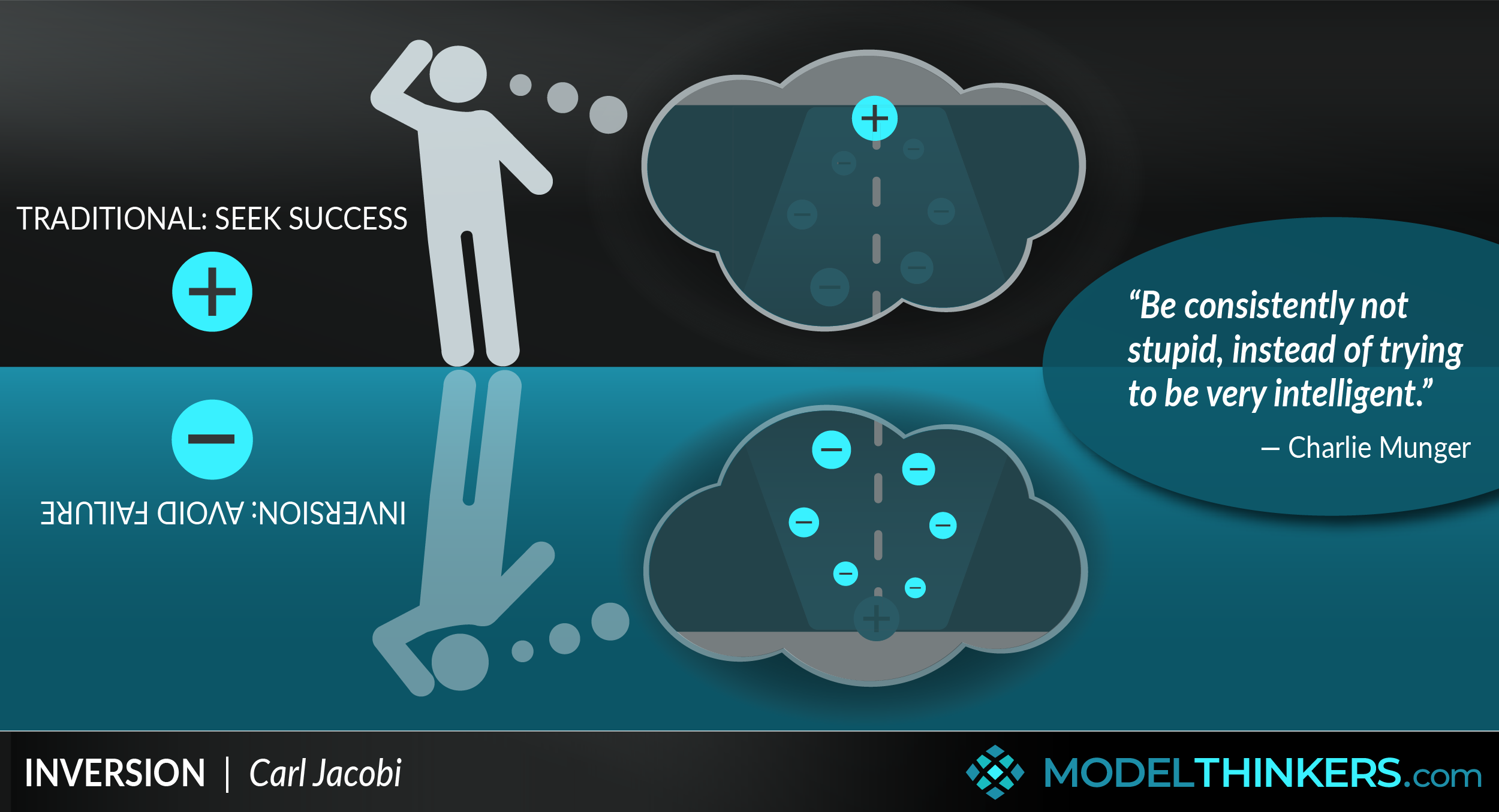
Just to refresh you memory or introduce you to the magic of this model - it's worth jumping in and looking at it once more before we look at how it can be applied to a range of models.
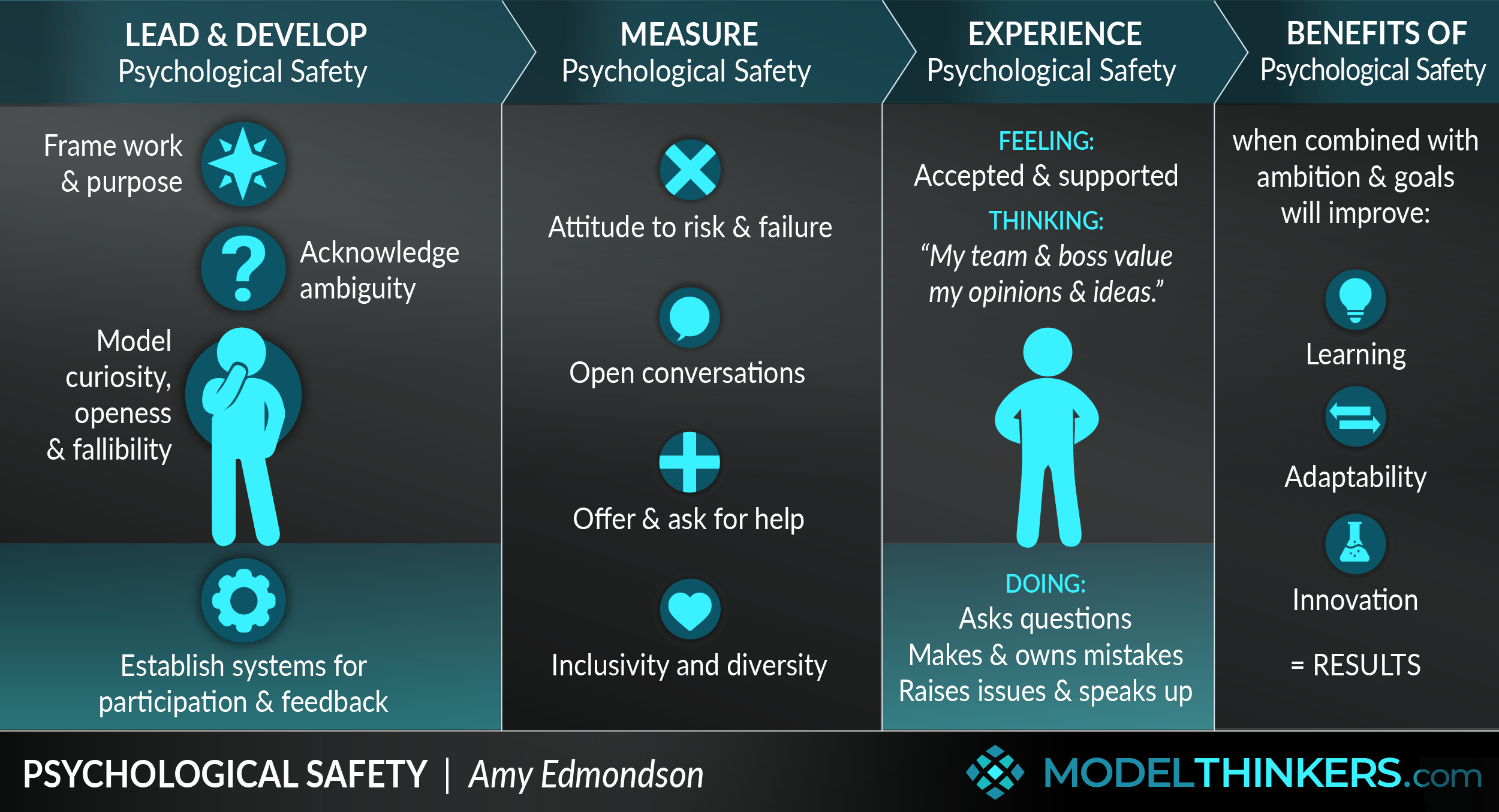
Consider how your team or organisation might be the most psychologically unsafe. What would you need to do and what would happen on a daily basis? This will help to expose the worst culture and weaknesses as a starting point to make positive change.
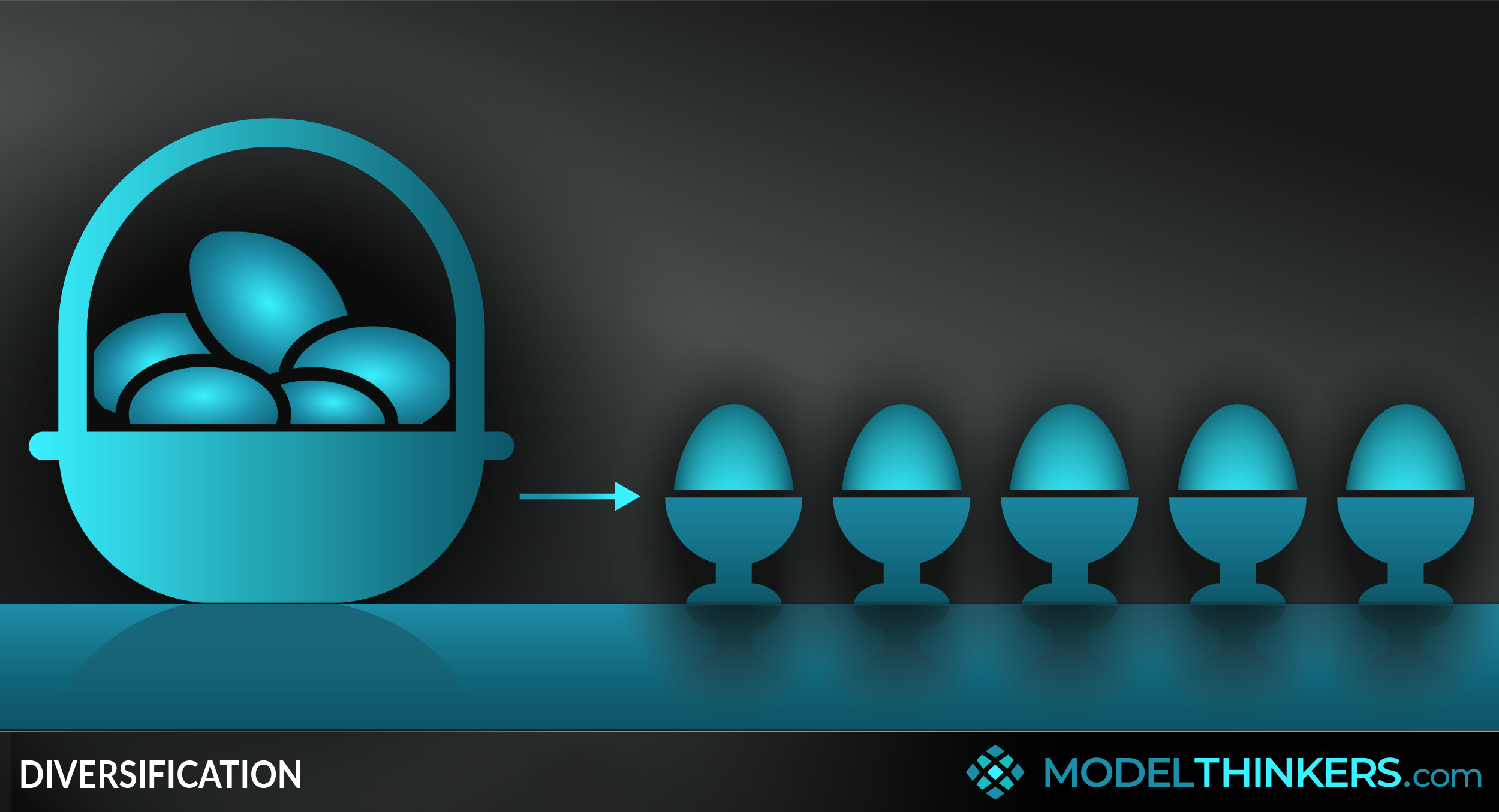
One of Diversifications limitations is that it does not best play to your strengths or allow you to focus (which is why Circle of Competence is a good companion model to it). Rather than seeing it as the way you should definitely go, consider "what would happen if I went 'all in' instead of Diversifying?"
Basically, Invert and consider the options before acting.
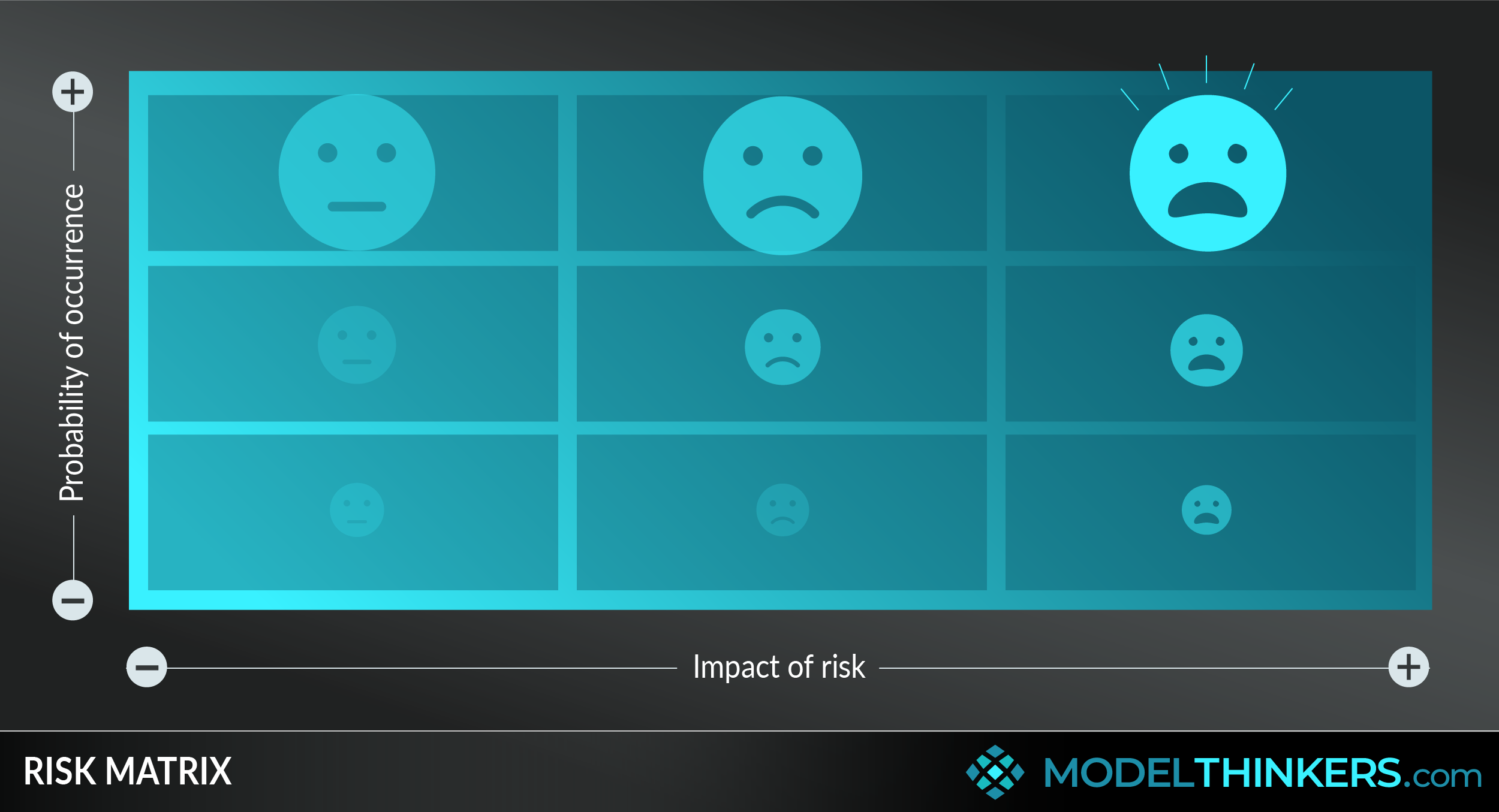

Inversion is a natural model to combine with risk based models. In this instance ask a group of stakeholders: "how might we best facilitate this high impact risk event?" That becomes the start of your risk mitigation plan.
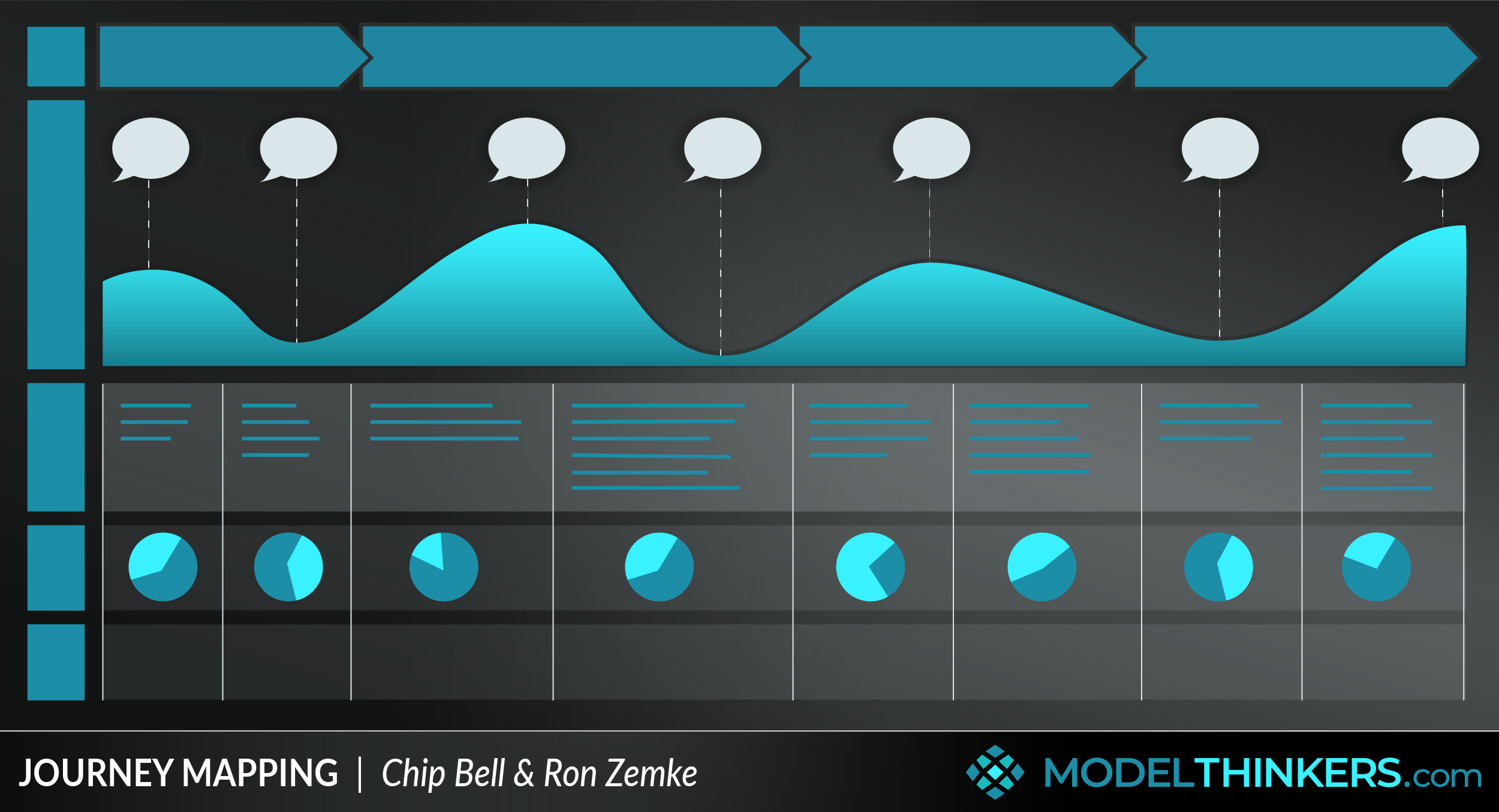
Journey Maps typically map 'pain' and 'gain' against a chronological experience. Rather than just mitigating the existing pain points, ask 'how could this part of the experience be more annoying and painful?' That becomes an inverted roadmap for areas you need to focus on to create unexpected delight.
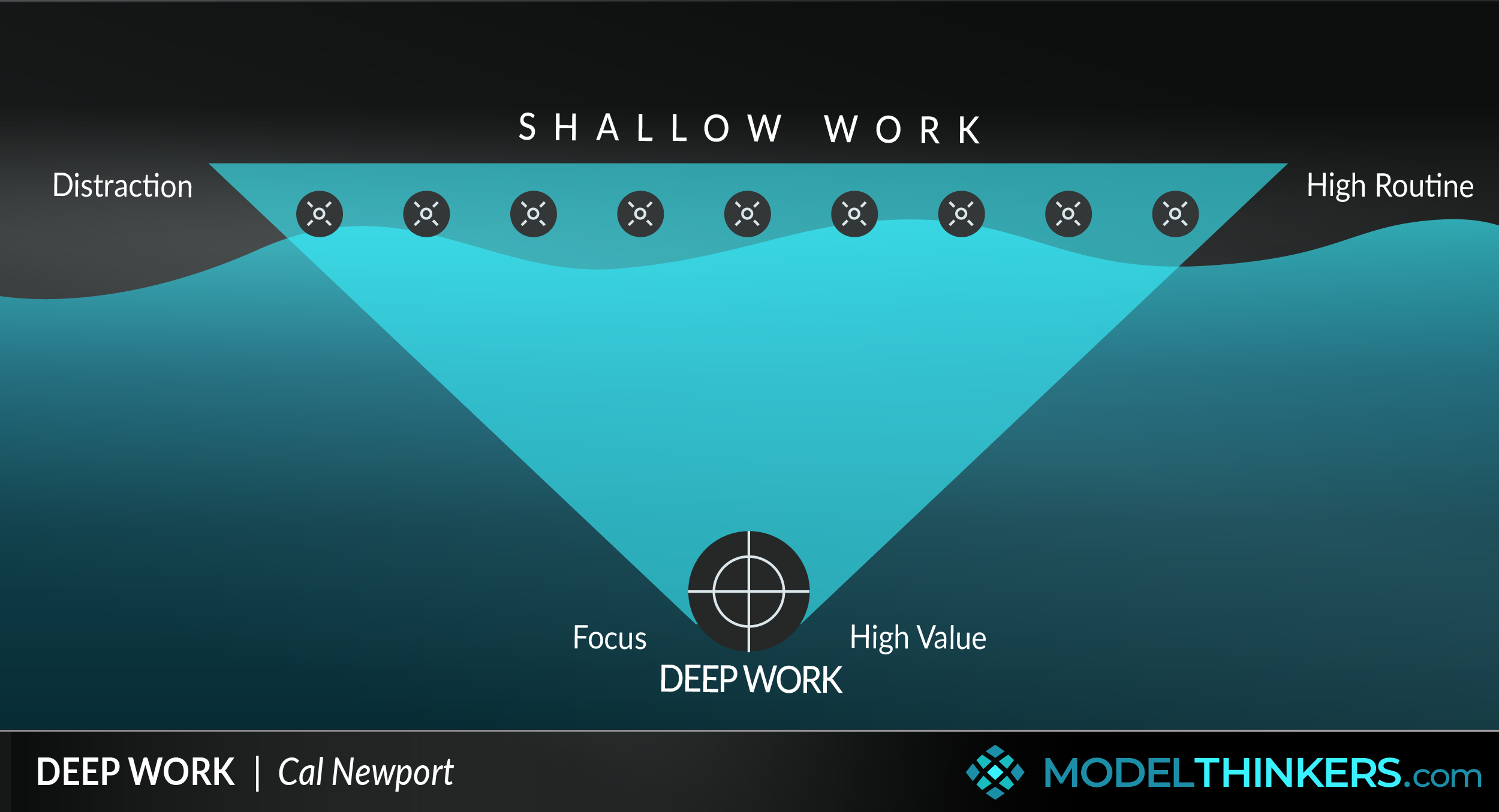

Ask, "which tasks on my horizon will most screw up and create the biggest negative impact when I'm distracted and unfocused?" They immediately become the top of your list when planning your focused time of Deep Work.
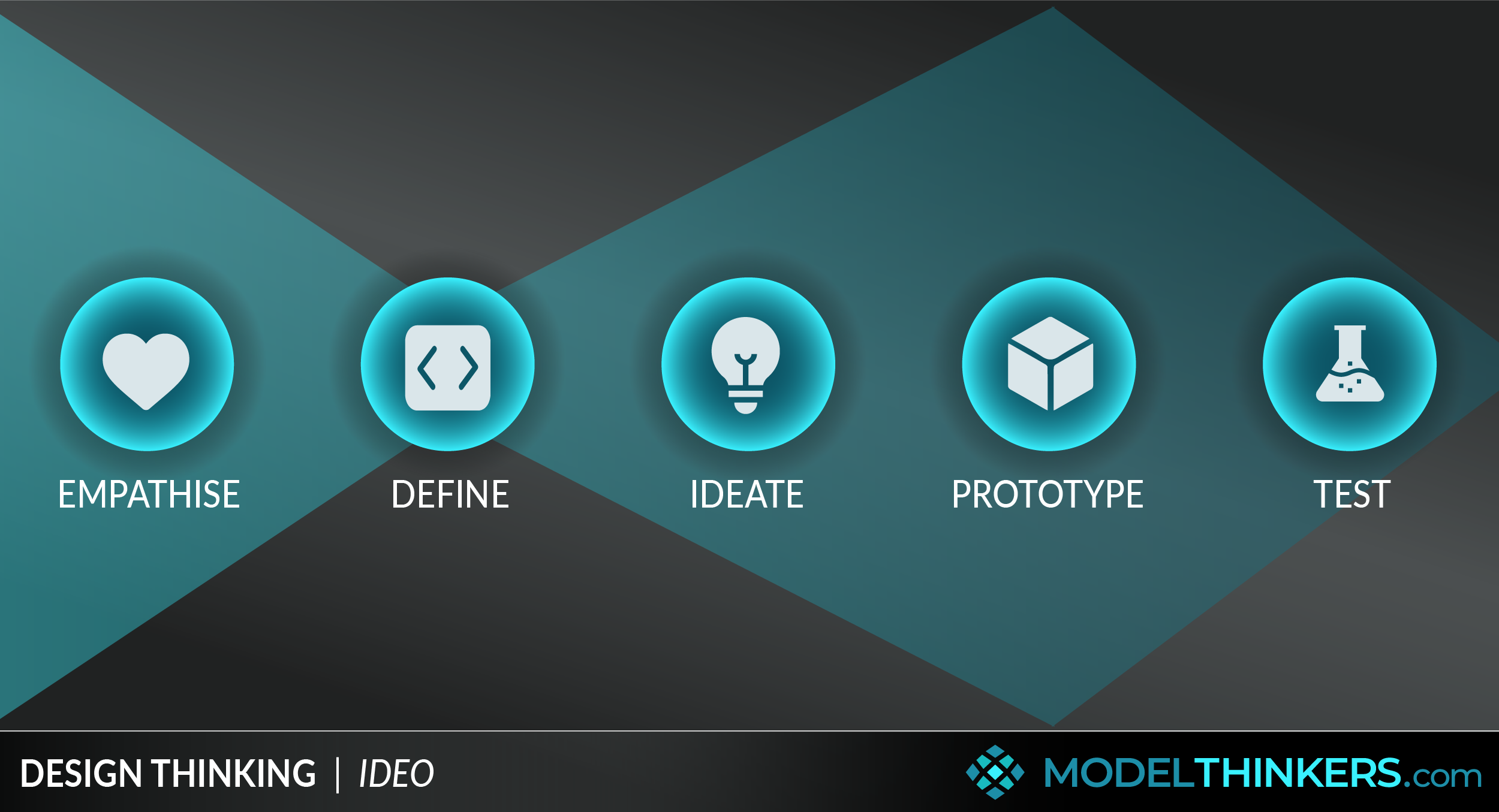
During the ideation stage of a Design Thinking process it's typical to ask 'How might we help x to do y given that we know z'. Use Inversion as part of your ideation process to consider how you'd create the exact opposite to help generate more ideas and push your assumptions.

Worried about competing in a crowded market? Ask what you would have to do to target the same audience, in the same way, with the same Value Proposition as your competitors. Then take each element and consider how it might be tweaked to seek that Blue Ocean.
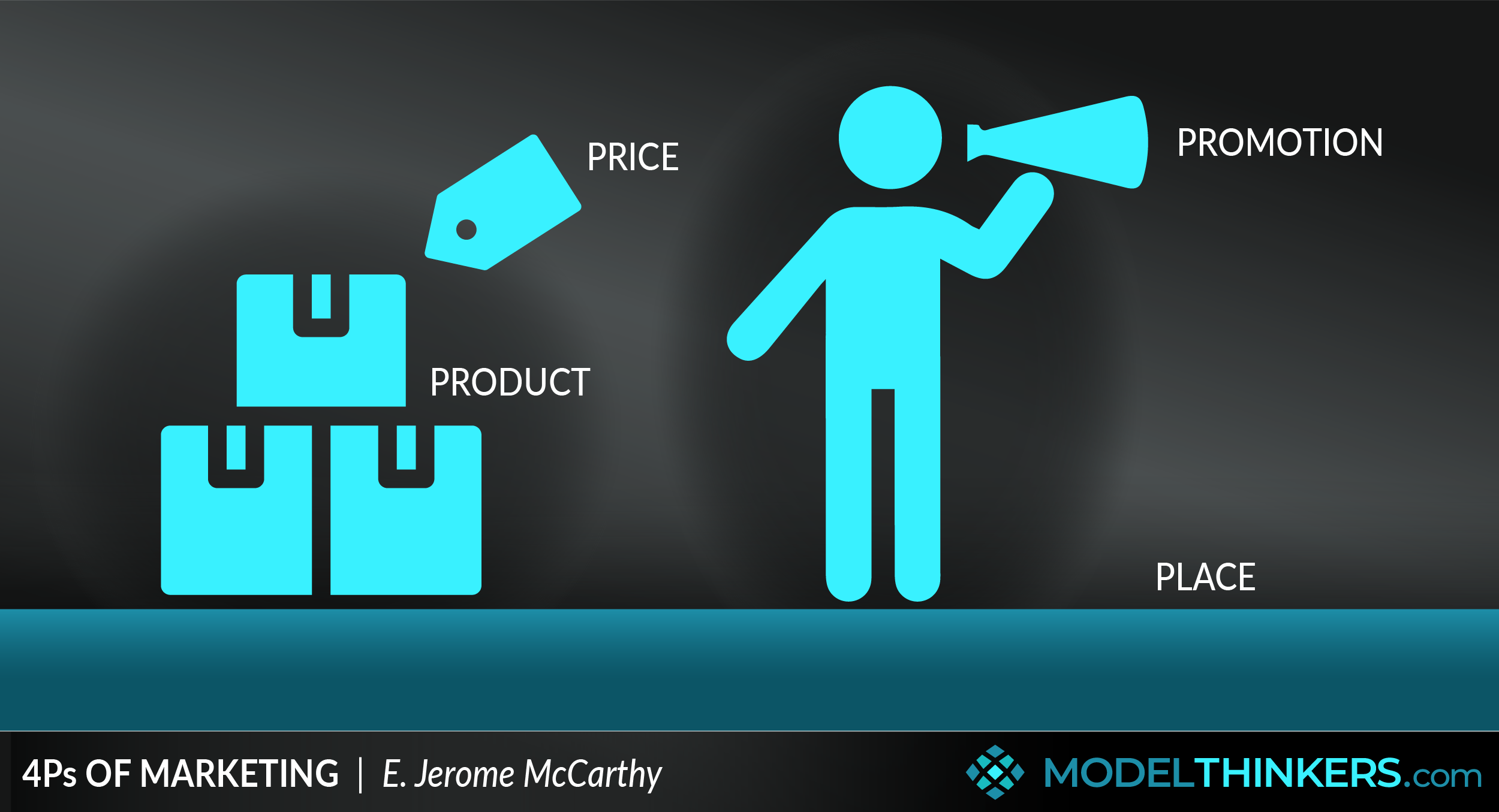
Considering your marketing plan using the 4Ps of Marketing. Rather than seeking out your audience, try to consider who would hate your product? What price would be a deal breaker? What distribution channels wouldn't work? And what sort of marketing campaign would be a disaster?
Then use that as the basis to explore what would work.
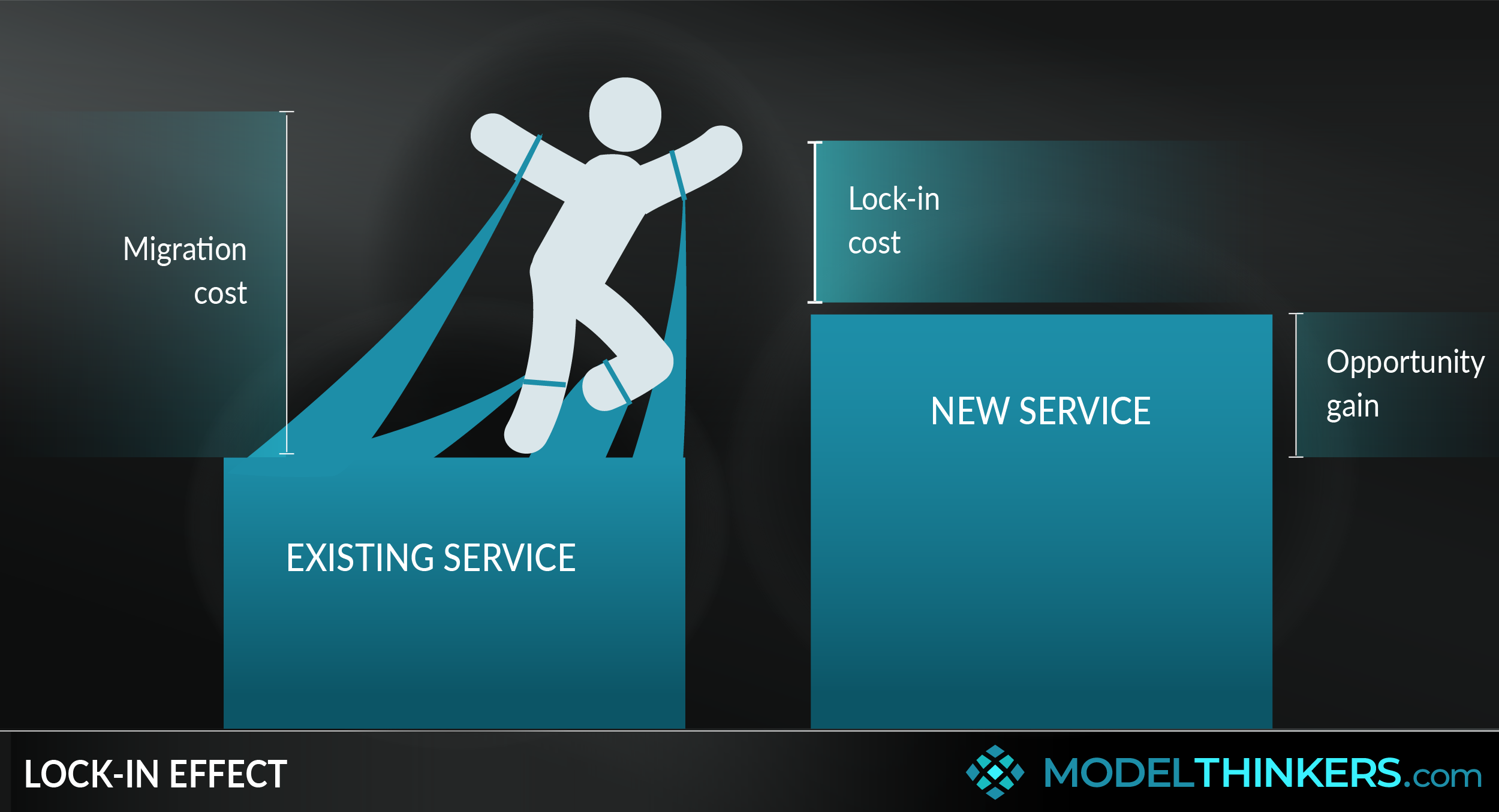
Ask, "what will make my customers leave?" It's a simple question yet is a powerful one to help be more customer-centric and define your product road map and strategy.
INVERT FOR YOUR LIFE.
Use Inversion to live a better life.
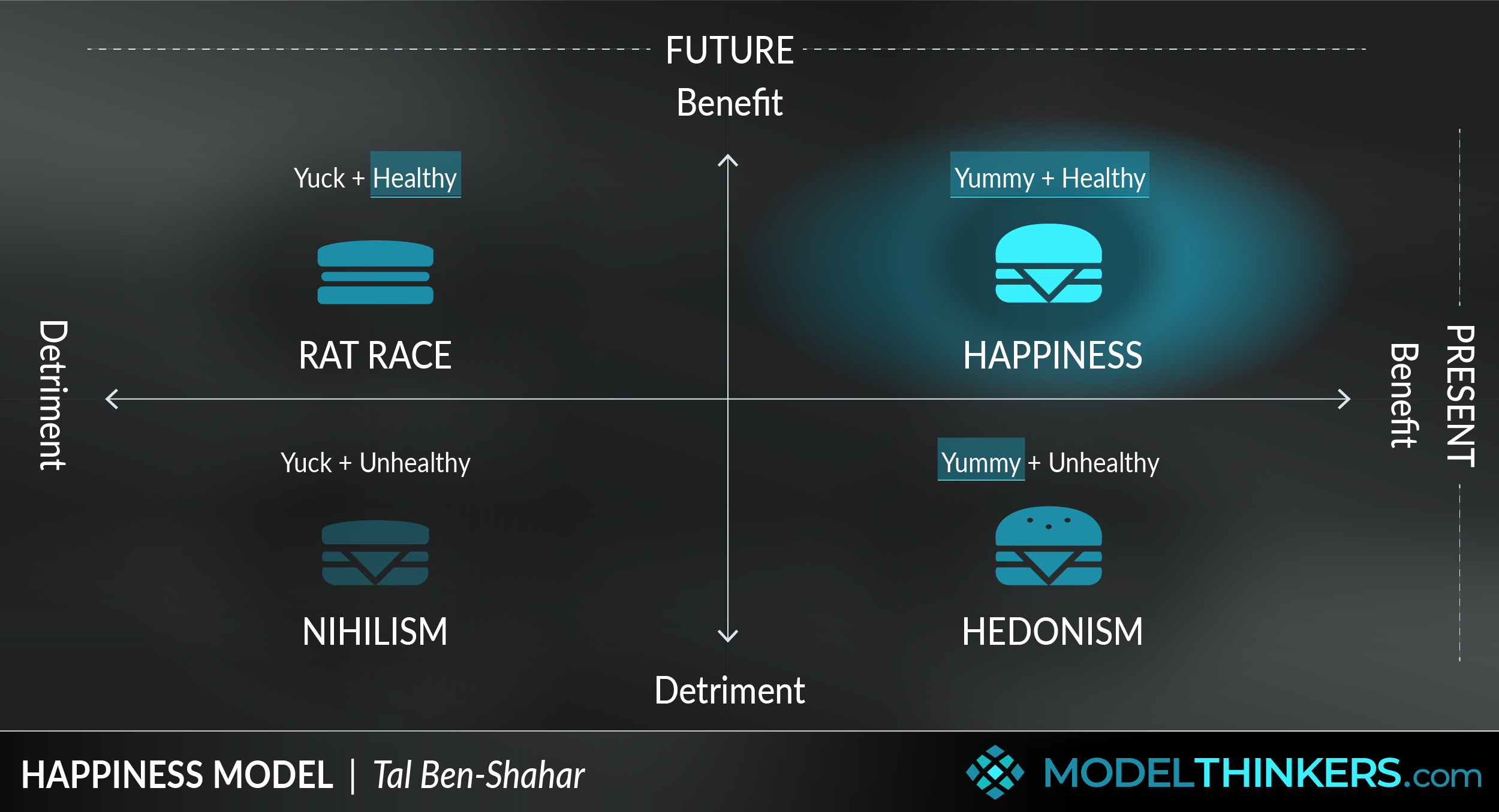
And let's end these examples with the Happiness Model. Rather than exploring what makes you happy — consider what makes you frustrated, angry and sad. This inversion to identify your unmet needs is also seen in the Jealousy as a Map model, and can help you identify what's really important for or missing from your life.
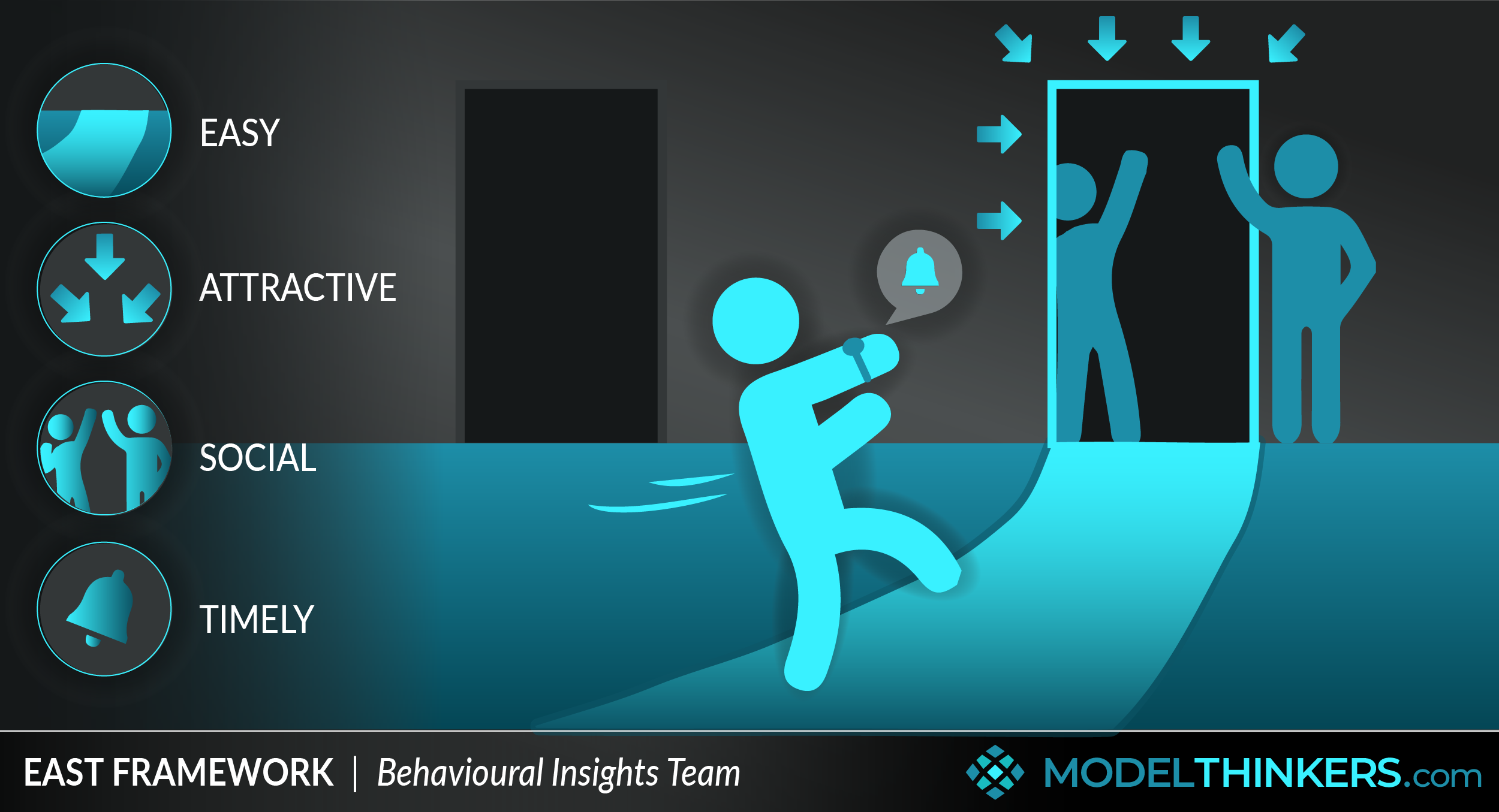
The EAST Framework focuses on 'Nudging' positive behaviours. But you can use Inversion to introduce 'Sludge' and increase friction to non-desirable behaviours. Inverting 'EAST' would involve asking how can I make X (from Easy to) hard, (from Attractive to) repulsive, (from Social to) isolated, and (from Timely to) inconvenient.
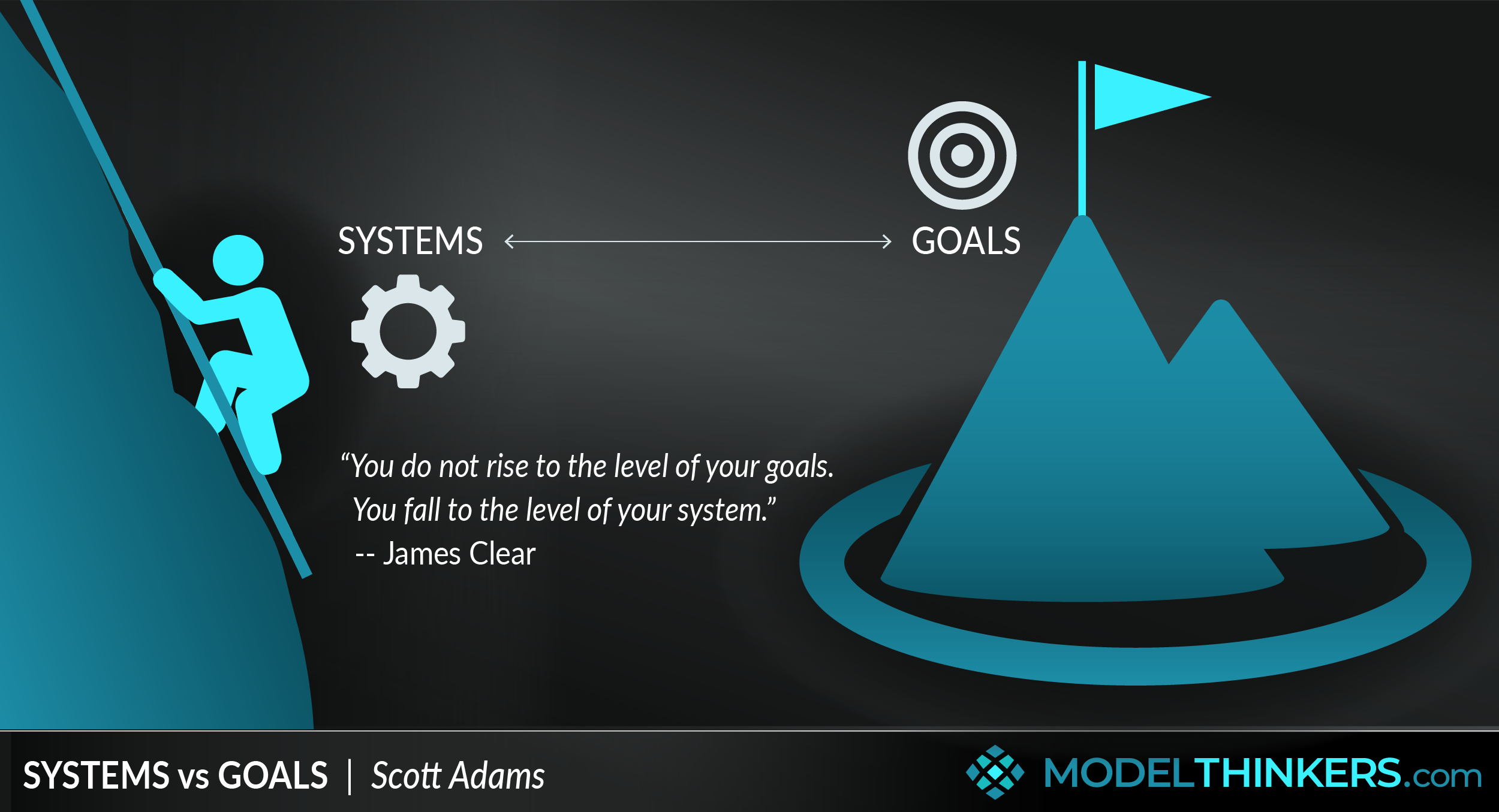
Systems vs Goals makes the case for powerful daily routines as a way of life, but what routines? Try asking "what routines would ruin my life and go against my values?" Then look at what the opposite of that looks like.
Premium content
Please do login or sign up to see premium contect
Subscription expired!
Please renew your subscription to access this feature.
 My Notes
My Notes
Delete note
Nothing here yet. Join ModelThinkers and login to be the first to comment.






















